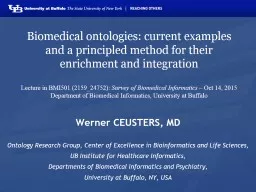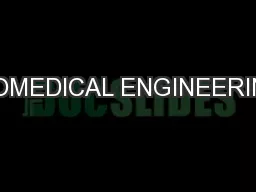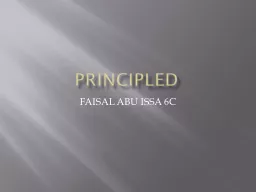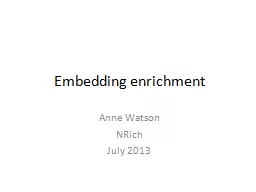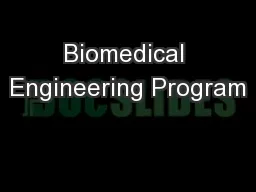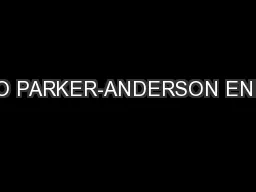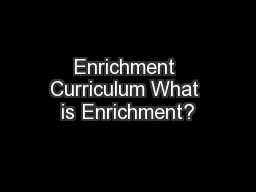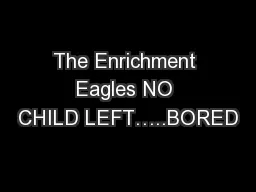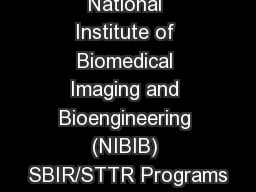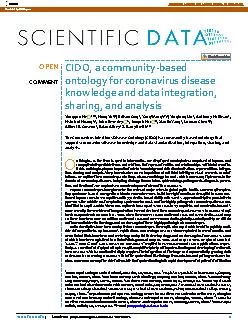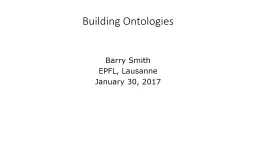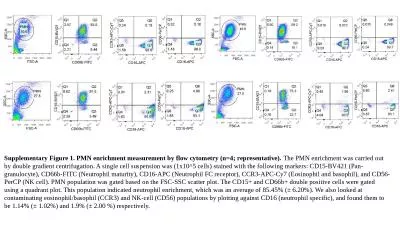PPT-Biomedical ontologies: current examples and a principled method for their enrichment and
Author : LivingMyBestLife | Published Date : 2022-07-28
Lecture in BMI501 215924752 Survey of Biomedical Informatics Oct 14 2015 Department of Biomedical Informatics University at Buffalo Werner CEUSTERS MD Ontology
Presentation Embed Code
Download Presentation
Download Presentation The PPT/PDF document "Biomedical ontologies: current examples ..." is the property of its rightful owner. Permission is granted to download and print the materials on this website for personal, non-commercial use only, and to display it on your personal computer provided you do not modify the materials and that you retain all copyright notices contained in the materials. By downloading content from our website, you accept the terms of this agreement.
Biomedical ontologies: current examples and a principled method for their enrichment and: Transcript
Download Rules Of Document
"Biomedical ontologies: current examples and a principled method for their enrichment and"The content belongs to its owner. You may download and print it for personal use, without modification, and keep all copyright notices. By downloading, you agree to these terms.
Related Documents

